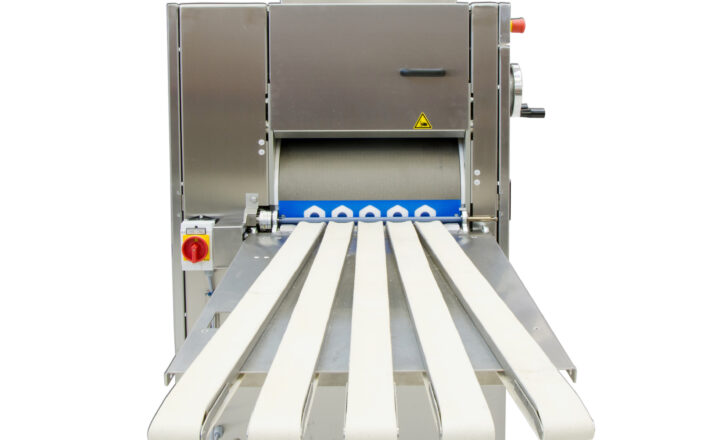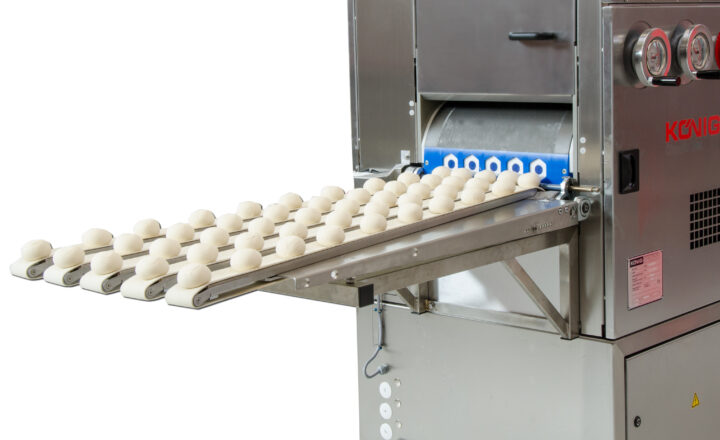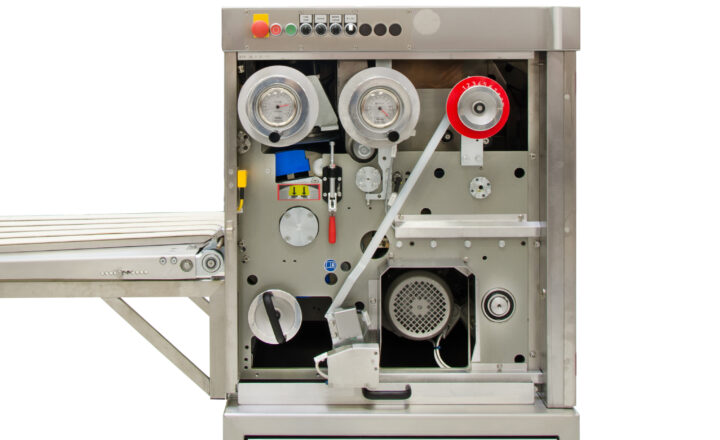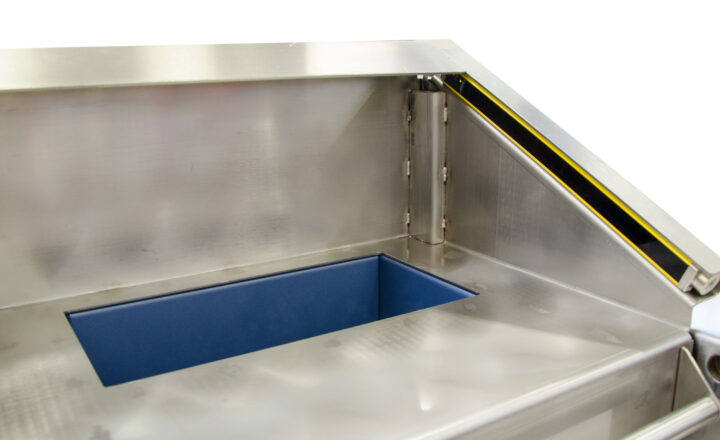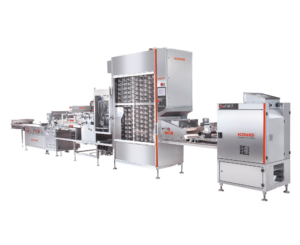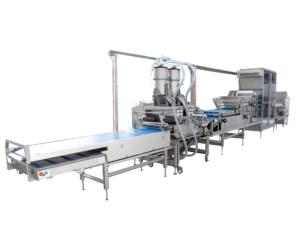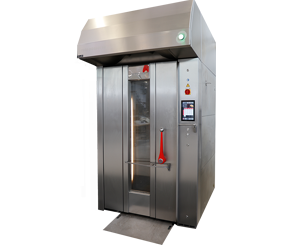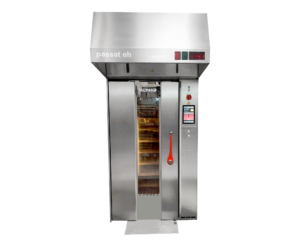- Maximum hourly output of up to 12,000 pieces per hour
- Three to eight-row machine design
- Machine weight approx. 950 kg
- Fully automatic machine operation
- Ideal for the most stringent of hygiene requirements
- Simple dough feeding using a large shaft hopper
- Optionally with spreading belt or out-feed conveyor belt
- Simple addition and removal of rows
Classic Rex
The Classic Rex can simply be described as a machine capable of up to 12,000 pieces per hour and as a real masterpiece in terms of quality and versatility. It is your ideal partner, especially in the mid-range performance segment, and impresses further with the highest standards of hygiene.
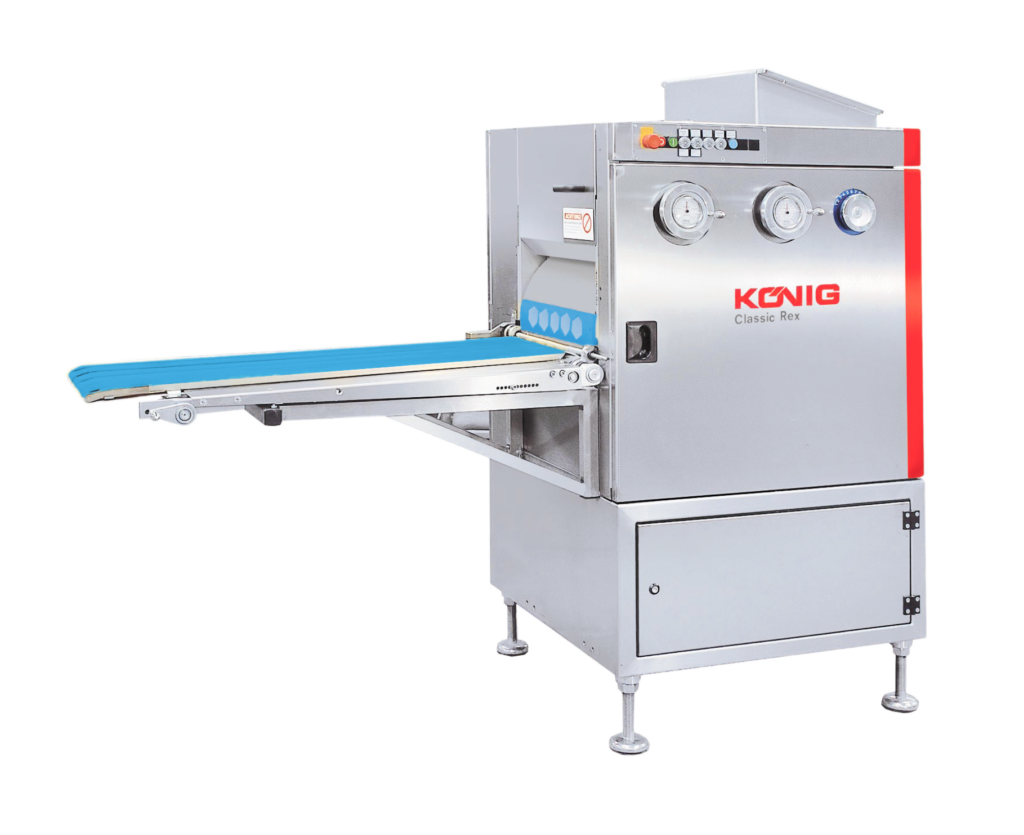
Overview
Technical details
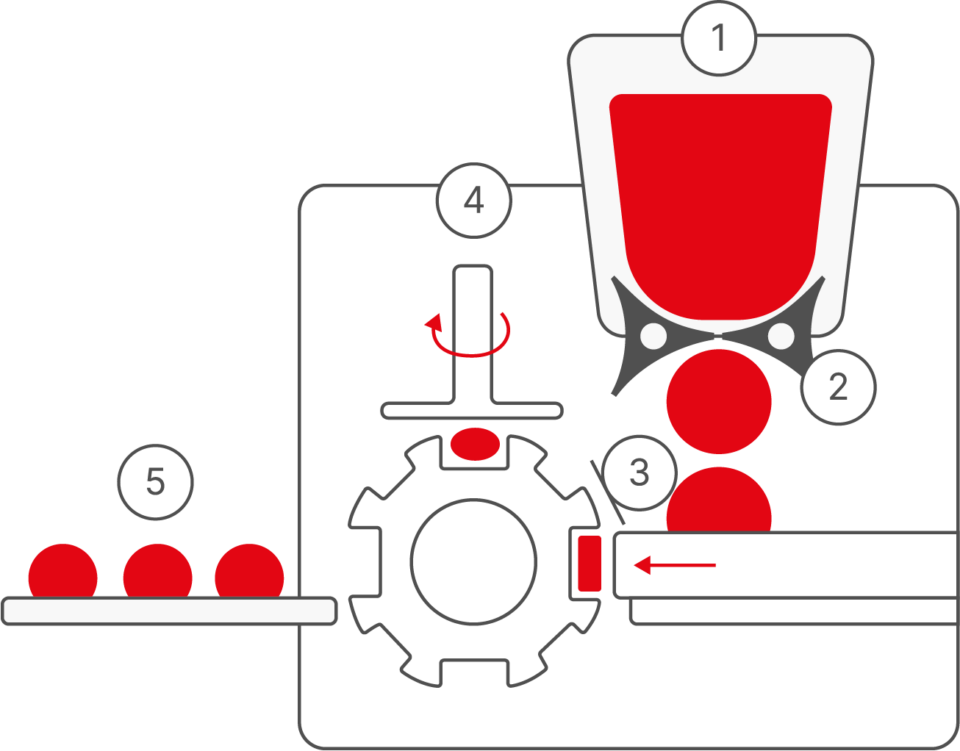
- The dough is put into the shaft hopper or the roller hopper.
- Optimised dough portions are transferred to the weighing area (depending on the individual weight of the dough pieces) by means of rotating star rollers (dough feeding stars).
- The horizontally moving pusher presses the dough into the openings of the weighing drum. The excess dough is transported back to the weighing area by means of a scraping ledge.
- After a 90° counter-clockwise rotation, the rounding of the dough is carried out with an oscillating rounding plate. Different rounding plates are used depending on the consistency and weight of the dough.
- After a further rotation of 90°, the dough pieces are placed onto the spreading belt.
Linked machines
No contents found
